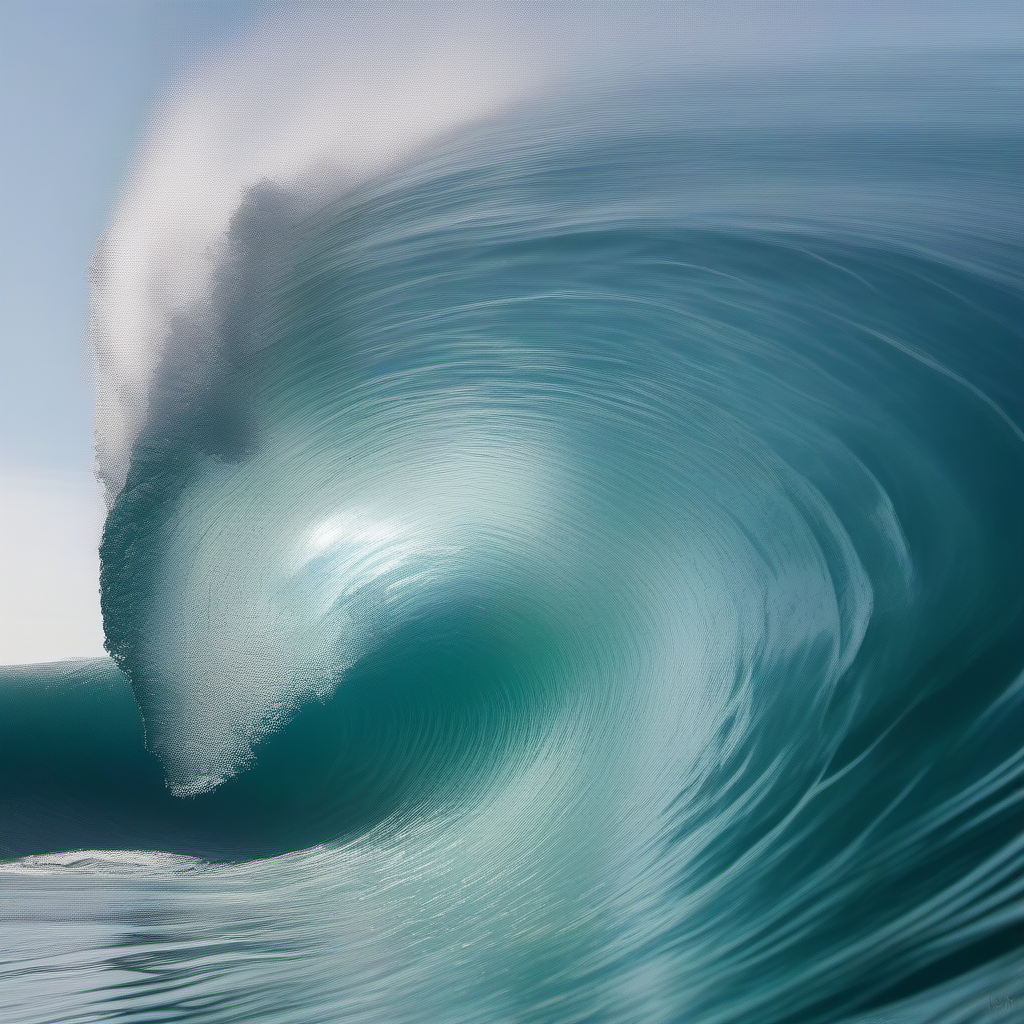Guys, I fucked up. I have what was a beautiful two-tone colander that looked nice and retro, with a shiny red finish. After some use, there was a very tiny amount of rust showing in places around the rim, and my dumbass self decided to soak it in CLR like I do with anything metal that gets signs of rust. It didn’t occur to me that it would remove the gloss finish from the powder-coated enamel.
Now it looks and feels awful, like it has a dull, pink, rubbery coating instead of the beautiful glossy bright red finish of yore.
Is there a product I can use to polish it back to beauty? It wasn’t cheap and has been discontinued, so I’d like to restore it if possible.
I’ve searched online but my Google-fu isn’t worthy, apparently. Thanks in advance!
Rubbing compound? Obviously wash it thoroughly but standard polishing methods for powder coated surfaces should work.
Oh, like the kind for cars?
That’s a great idea, thanks! If it works, I can send it through the dishwasher a dozen times and it should be fine, right? It’s the outer coating and I don’t plan to lick it much.
Thanks for the suggestion!
Don’t forget this is for food usage. Make sure it is compatible.
GF thinks you would need enamel and a ceramic oven, but I must say we never did that on steel.
If it’s already showing signs of rust, I would think twice about putting it through the dishwasher
The CLR did kill every sign of rust, so silver linings.
Removing existing rust isn’t the same as preventing future rust though. That it had rust at all indicates that whatever protective coating was there is no longer there. The dishwasher with likely accelerate the rusts reappearance
That’s a great point. The dishwasher itself isn’t usually the problem, though, right? It’s letting things air dry in there, so water sits in crevices. If you take things out immediately and towel-dry them, they’re fine.
I don’t typically wash things with metal crevices in the dishwasher because I’m too lazy to be hawkish like that, and cookware/lids and knives are strictly forbidden anyhow. If I have to work to restore this thing, I’ll never let it air dry again.
The hot wet environment will accelerate rust whether the water sits or not.
Plus the soap/cleaning agent is caustic as all hell.
I would not be using this for cooking
Why not?
because possibly a thermal coating was removed and there is paint underneath which is coming off or reacting to things that are coming into contact with it
It sounds like there wasn’t an extra coating that I removed, but that I just etched the fired coating, making it dull rather than glossy – so it’s the same outer coating that existed, it’s just not glossy anymore. In theory, it’s still as food-safe as it was, but it’s porous now (it kinda feels like silicone).
i would listen to these warnings. i know how devastating it can be to lose a valued item like that, but it really would be irresponsible to use it to serve food again. i know id be a little upset if i saw a friend had made my dinner with such a colander, as dickish as it may sound.
i don’t know how sound your theory here is. i’m not a chemist or a food scientist myself but hang around a lot of them for my studies and work rn. i sincerely doubt the veracity of it being “still as food-safe as it was,” as even just the coating being porous could render it an unsafe surface to prepare food upon. and again, that’s assuming that is the only thing that’s different about the coating, which is a bold assumption.
edit: if you really cannot part with it (which again, is understandable) then i second everyone telling you to get it refurbished/do it yourself by sandblasting all of the existing coating off
and then reapplying a new ceramic coating (you can go with other food safe options that don’t require a high temp furnace but at this point of this process we’re getting into “can easily fuck it up more permanently” territory, hence the recommendation for professional services if this colander is that important). depending on when the ceramic was made, what the coating is, and other factors this could definitely be anywhere from “cool to do in the garage on a nice day” to “absolutely do not get anywhere near the dust and keep good track of every single bit of it” levels of danger.quick edit again: i didn’t wanna misinform you so i asked my friend who’s into ceramics rq. i was wrong. seems only the high temp silica glazes are food safe, all the enamel stuff you can do at home isn’t kosher for eating with apparently. my apologies
deleted by creator
also do you want to use it for cooking or look at it shine? It’s a colander, not a bronze chandelier from Napoleon’s castle.
Good luck on your journey. I don’t have anything contructive to say to help, but this is certainly a way in which I would fuck up and I hope you find an answer.
Google around for restoration services, I’m in south America so I’m no use to you but my sister had a couple of grandma’s pots restored. They basically sand blast them and re powder coat them
You could try to polish it.
I’m hoping to, thanks! I’m not sure what to polish it with, though, especially because it would have to be food-safe…
I’d start with a little area to see how it turns out.
deleted by creator
I have some of that, but I’ve had it dull proper enamel fired coatings before because it’s very abrasive, so I’m scared to try it on this.
It’s great for knives and other bare metals. I guess it can’t make it much worse, though, so I’ll try it in a small area, thanks for the suggestion!
I still wouldn’t rule out being able to polish it with a very fine abrasive, like the 3m sheets, rouge, or such, especially if you can make a small test with something you already have. Possibly toothpaste might work.
Carnauba wax is food-safe, but non-abrasive, so it won’t smooth the now-etched matte surface, and it’s fairly soft, so not very durable. Many car waxes are based on it.
Thank you!
I second this, if it’s really a hard a material. From the word enamel I assumed a sort of ceramic coating, but the word ‘rubbery’ gives me a little hesitation.
Anyway, a hard coating could be polished back to a shine with 3M polishing paper. The product I’m thinking of comes in a pack with 6 sheets, each a different grit, and they get fine enough that you could restore scratched and cloudy glass to clear.
The product description said ‘powder-coated enameled finish’, and I had thought ‘enameled’ may have referred to the outer layer I destroyed. So now I’m just dealing with the powder coating.
I think I’ll try your recommendation first – it’s the most food-safe and makes the most sense to me. Kinda worried I’ve irreparably ruined it without re-coating and re-firing it. I hope that’s not the case, and the ‘enameled’ part referred to the white inner bit which didn’t dull in the soak.
e: maybe someone who knows more about these terms than me will chime in? I know a little about them because my grandmother taught ceramics and my father is in aviation where they do powder coatings, but not enough, obviously.
The powder coat is the enamel. It’s a ceramic powder that’s sprayed on and then cooked in a furnace.
You have etched it. That, I am sorry to say, is permanent. If you have access to a furnace you could try refiring it, a few minutes at 1500 f would do it, if it can be done at all. You’ve basically turned a smooth glass layer in to a kind of sponge. You need to melt that outer surface again.
Oh no.
Thanks for letting me know. I may have access to that kind of furnace, but I’m not sure I could convince them to put my stupid little colander in there, because that’s silly.
I appreciate your insight, even though it makes me sad. I kinda thought that might be the case, though. Cheers.
I don’t know about the best route or if there’s a viable one to get it to its original state, but if you want a replacement, I think that this is what you have:
https://www.amazon.com/Calypso-Basics-88660-Enamel-Colander/dp/B07FM7W1SJ
Amazon’s out of stock, but it gives the brand and model number – “Reston Lloyd 88660”, if you want a new one.
Camelcamelcamel says that it was last available in early 2021 for about $33 (with a small price dip at the end):
https://camelcamelcamel.com/product/B07FM7W1SJ
So I wouldn’t spend more than $33 of time and resources on repair effort, since I suspect that there are probably some out there.
EDIT: It looks like their current model is one-tone rather than two-tone:
https://www.amazon.com/s?k=lloyd+reston+collander
I don’t know if that matters to you.
EDIT2: I see the two-tone being sold on EBay (“lloyd reston collander”) new, albeit not currently in pink, if that’s the color you have.
EDIT3: Apparently Lloyd Reston is the “exclusive distributor”, and “Calypso” is the brand.
If you have magenta – I’m not sure from the picture you have, looks kind of salmon, in between their pink and magenta collander, but could be lighting – this is their current one-tone model:
It’s $23.
EDIT4: bonanza.com has two-toned ones, but not in pink or magenta, just orange, black, or lime. And they’re significantly-more than the one-toned ones, at $37.
EDIT5: Well, I don’t see it on Google Shopping, which is usually kind of the authoritative source, because they index pretty much everything. That being said, it does look like this sold through major retailers, including Wal-Mart, which is everywhere, so I would bet that there are a bunch out there floating around in private hands. Even if you can’t restore your existing one, you might keep an eye on used markets like eBay, Facebook Marketplace, Craigslist, stuff like that, wait for one to pop up.
Thanks!
Yes, I think that’s the one. It was more expensive when I bought it, and they’ve since discontinued it, which is likely why it’s out of stock.
I do like the white interior, since it more closely matches the one my gran left to me that was rusted beyond use.
$30 is kind of a lot for my budget, and I prefer to repair things rather than replace, because consumption bad. That’s a good metric for effort and materials, tho, so thanks!
edit to your edit: I have the bright cherry red one, which doesn’t seem to be available on eBay. It looks pink or salmon because I ruined the outer coating, but it was a glossy cherry red like in your first link before I adulterated it.
Thanks for all your research!
You could spray it with clearcoat. No idea how that reacts to heat though.
Le Creuset makes a cleaner for their enameled cast iron, but I don’t think it will do anything for a ruined finish. :(
https://www.lecreuset.com/cast-iron-cookware-cleaner/94001125001005.html
“enhancing the shine of the enamel.” 🤔
Oooh. Thank you!
I wonder if a silicone oil could get some shine back as a last resort






